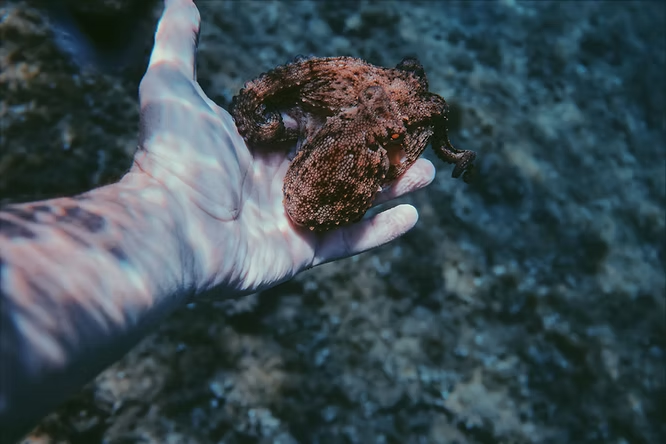Exploring the Brains of Cephalopods
Octopuses and other cephalopods have long fascinated scientists with their intelligence, yet understanding their brains has been limited to low-tech methods like dissection. Recent research using modern MRI techniques offers a new window into their neurological complexity.
Cephalopod Brain Complexity
According to neurobiologist Wen-Sung Chung of the University of Queensland Brain Institute, octopuses possess probably the largest centralized brain among invertebrates, with multiple lobes and layers. Some species have more than 500 million neurons, compared to around 70 million in lab mice, making cephalopods ideal subjects for neuroscience studies.
Using MRI to Compare Species
Chung and colleagues imaged four cephalopod species from divergent ecological niches to explore how brain structures reflect habitat:
- Vampire squid (Vampyroteuthis infernalis) – deep-dwelling
- Blue-lined octopus (Hapalochlaena fasciata) – nocturnal and solitary
- Algal octopus (Abdopus capricornicus) – diurnal reef dweller
- Day octopus (Octopus cyanea) – diurnal reef dweller
At least three specimens of each species were imaged, allowing comparison of size, shape, and folding of brain structures.
Optic and Vertical Lobes
Diurnal reef species exhibited larger and more complex optic and vertical lobes than nocturnal or deep-sea species. Vertical lobes, which support learning and memory, were almost twice the size and featured seven gyri compared to five in other octopuses, indicating higher brain complexity.
Functional Implications
These structural differences likely relate to the environmental demands of each species. Diurnal species navigate visually complex, bright habitats and even collaborate with fish in hunting, requiring advanced cognitive and sensory processing.
Expert Perspectives
- Giovanna Ponte notes this is the first comparative MRI approach across cephalopod species.
- Shuichi Shigeno emphasizes that detailed study of brain folding is novel, surpassing knowledge from the 1970s.
- Jennifer Mather highlights the need for complementary behavioral data to establish brain-behavior relationships.
Future Directions
Researchers hope to image live octopus brains for functional insights and investigate additional brain regions like frontal lobes. Higher-resolution imaging, such as electron microscopy, could reveal more about neural compartmentalization and ecological specialization. This study marks the beginning of modern cephalopod neuroscience and opens new avenues for exploring plasticity and adaptation in these remarkable animals.

